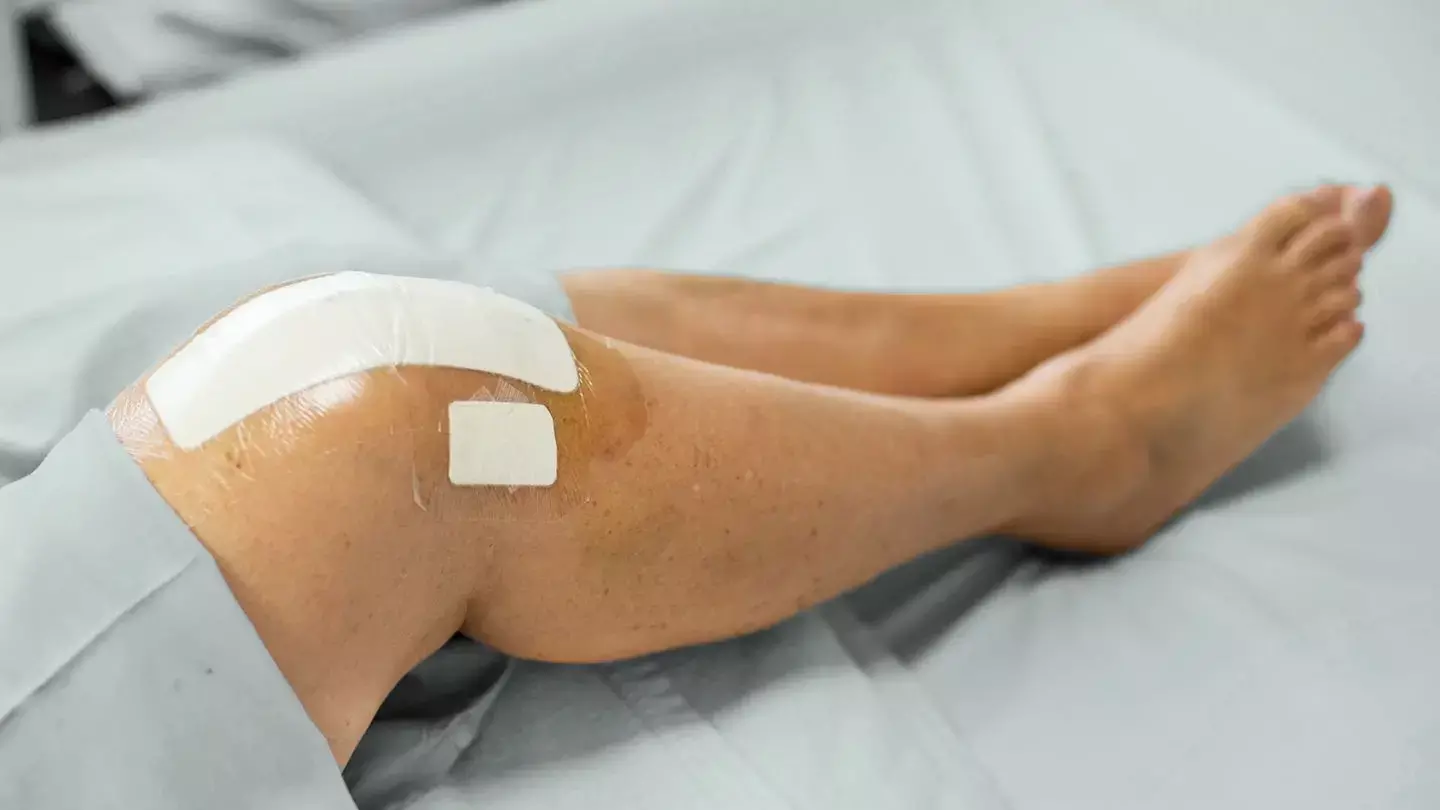- Home
- Medical news & Guidelines
- Anesthesiology
- Cardiology and CTVS
- Critical Care
- Dentistry
- Dermatology
- Diabetes and Endocrinology
- ENT
- Gastroenterology
- Medicine
- Nephrology
- Neurology
- Obstretics-Gynaecology
- Oncology
- Ophthalmology
- Orthopaedics
- Pediatrics-Neonatology
- Psychiatry
- Pulmonology
- Radiology
- Surgery
- Urology
- Laboratory Medicine
- Diet
- Nursing
- Paramedical
- Physiotherapy
- Health news
- Fact Check
- Bone Health Fact Check
- Brain Health Fact Check
- Cancer Related Fact Check
- Child Care Fact Check
- Dental and oral health fact check
- Diabetes and metabolic health fact check
- Diet and Nutrition Fact Check
- Eye and ENT Care Fact Check
- Fitness fact check
- Gut health fact check
- Heart health fact check
- Kidney health fact check
- Medical education fact check
- Men's health fact check
- Respiratory fact check
- Skin and hair care fact check
- Vaccine and Immunization fact check
- Women's health fact check
- AYUSH
- State News
- Andaman and Nicobar Islands
- Andhra Pradesh
- Arunachal Pradesh
- Assam
- Bihar
- Chandigarh
- Chattisgarh
- Dadra and Nagar Haveli
- Daman and Diu
- Delhi
- Goa
- Gujarat
- Haryana
- Himachal Pradesh
- Jammu & Kashmir
- Jharkhand
- Karnataka
- Kerala
- Ladakh
- Lakshadweep
- Madhya Pradesh
- Maharashtra
- Manipur
- Meghalaya
- Mizoram
- Nagaland
- Odisha
- Puducherry
- Punjab
- Rajasthan
- Sikkim
- Tamil Nadu
- Telangana
- Tripura
- Uttar Pradesh
- Uttrakhand
- West Bengal
- Medical Education
- Industry
Medial-stabilized TKA has better flexion and early recovery than single-radius TKA

Good range of motion is essential to patient satisfaction after TKA. Both the single-radius (SR) and medial-stabilized (MS) devices were engineered with the focus of enhancing knee joint flexion.
Brett K. Jones et al conducted a study to determine whether two year outcomes differ between these two implant groups. The study has been published in 'The knee' journal.
210 patients took part in this retrospective cohort single center study. The SR patients (n = 109) were enrolled in one randomized trial, and the MS knees (n = 101) in another. All surgeries were performed by the same surgeon (DFS), using a fully custom manual instrumentation set for the SR implants, and the off-the-shelf manual KA instruments for the MS implants, allowing for an identical unrestricted calliper verified kinematic alignment surgical technique. The PC L was sacrificed in all cases. All patients were assessed post-operatively at six weeks, six months, one year and two years. Outcomes that were tracked throughout this study include the Knee Society Scores (KSS) and range of motion (ROM) of the knee as measured by the senior surgeon using a large goniometer in all cases. Surgical data and adverse events were recorded. Participants had full extremity standing anteroposterior radiographs taken preoperatively, at six weeks, and one year postoperative.
Key findings of the study were:
• There were no statistically significant differences between treatment groups in terms of preoperative demographic characteristics.
• The MS group had significantly better knee flexion starting at six months postoperative through two years postoperatively (p < 0.05 – p < 0.001).
• The Knee Society Pain/Motion score was better in the MS group at one year (95.41 vs 90.86, p < 0.002).
• The Knee Society Pain score was also better in the MS group starting at six weeks through one year (six weeks: 35.3 vs 30, p = 0.007; one year: 46.4 vs 42.4, p = 0.005, respectively).
The authors concluded that – “The MS group had better clinical outcomes than the SR group, with significantly greater knee flexion from six months through two years, better Knee Society Pain scores at six weeks through one year, and higher Knee Society Pain/Motion scores at six weeks and one year postoperatively.”
Level of Evidence: I.
Further reading:
Better flexion and early recovery with medial-stabilized vs single-radius total knee arthroplasty with kinematic alignment: Two-year clinical results, Brett K. Jones, Brian J. Carlson et al, The Knee 43 (2023) 217–223 https://doi.org/10.1016/j.knee.2023.06.010
MBBS, Dip. Ortho, DNB ortho, MNAMS
Dr Supreeth D R (MBBS, Dip. Ortho, DNB ortho, MNAMS) is a practicing orthopedician with interest in medical research and publishing articles. He completed MBBS from mysore medical college, dip ortho from Trivandrum medical college and sec. DNB from Manipal Hospital, Bengaluru. He has expirence of 7years in the field of orthopedics. He has presented scientific papers & posters in various state, national and international conferences. His interest in writing articles lead the way to join medical dialogues. He can be contacted at editorial@medicaldialogues.in.
Dr Kamal Kant Kohli-MBBS, DTCD- a chest specialist with more than 30 years of practice and a flair for writing clinical articles, Dr Kamal Kant Kohli joined Medical Dialogues as a Chief Editor of Medical News. Besides writing articles, as an editor, he proofreads and verifies all the medical content published on Medical Dialogues including those coming from journals, studies,medical conferences,guidelines etc. Email: drkohli@medicaldialogues.in. Contact no. 011-43720751


